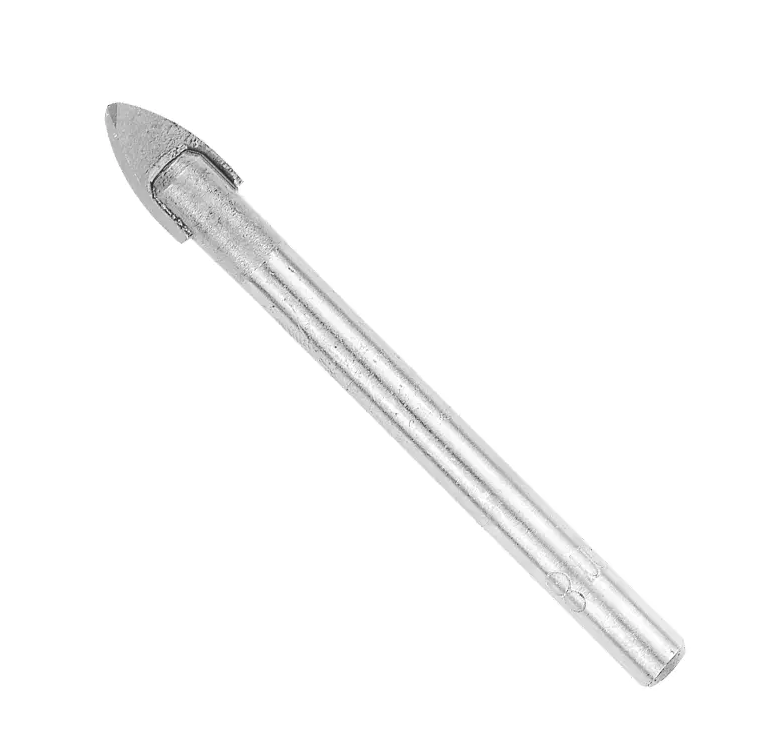When it comes to drilling through delicate materials, choosing the right tool can mean the difference between a clean finish and a shattered surface. One of the most common questions among DIYers and professionals alike is the difference between a Glass Drill Bit and a ceramic drill bit. While they may appear similar at first glance and sometimes even overlap in usage, they are specifically designed to handle different materials and drilling conditions.
A Glass Drill Bit is engineered with precision and delicacy in mind. Its primary function is to cut through brittle and smooth surfaces like glass panes, mirrors, and even certain types of glazed tiles. Most Glass Drill Bits are tipped with tungsten carbide or diamond particles, materials known for their extreme hardness and ability to maintain a sharp edge. The tip is often spear-shaped or arrowhead-like, which allows it to gradually score the surface before penetrating deeper. This design helps prevent cracking or chipping of the glass, which is crucial given the fragility of the material.
Ceramic drill bits, on the other hand, are generally designed to tackle a wider variety of ceramic materials, including porcelain tiles, ceramic wall tiles, and stoneware. These bits are often coated with diamond particles as well, but their tips tend to be more robust and are optimized for harder ceramic surfaces rather than ultra-brittle ones like thin glass. While they can sometimes be used on glass, especially thicker or tempered types, they typically lack the finesse needed for delicate glass surfaces. Using a ceramic drill bit on regular glass could increase the risk of cracking due to higher friction and more aggressive cutting angles.
Another key difference lies in the required drilling technique. A Glass Drill Bit often demands slower speeds, constant lubrication with water, and steady pressure to avoid heat buildup and breakage. Ceramic bits can handle slightly faster speeds and may not require as much precision in pressure application, especially when working with thick or glazed tiles. However, both types benefit from water cooling to prolong the life of the bit and to minimize dust and overheating.
The cost and durability of the two types can also differ. Glass Drill Bits tend to wear out more quickly if misused or applied to the wrong materials. Because they are crafted for precision rather than brute force, they are not meant to endure high-torque applications. Ceramic drill bits, while also susceptible to wear, are usually built to withstand tougher resistance, making them more versatile for general-purpose tile drilling.
In conclusion, the difference between a Glass Drill Bit and a ceramic drill bit boils down to material compatibility, tip design, and drilling precision. Choosing the correct bit for your project not only ensures a cleaner result but also extends the lifespan of both your tools and the materials being drilled. If you're working with fragile glass surfaces, a specialized Glass Drill Bit is the safest and most effective option. For tougher ceramic surfaces, a ceramic bit will deliver better performance without compromising material integrity.
Advantages:
1. Round Shank Design: The round shank design enhances compatibility with a wide range of drilling machines and ensures a secure fit during operation.
2. Cross-Head Configuration: Equipped with a crosshead, this drill bit enhances drilling precision and efficiency.
3. High Durability: Constructed from premium materials, our drill bit is engineered to withstand the rigors of frequent use.
